
Rahat Jain, Managing Director, IDIS India
Video surveillance has long been an essential weapon in the war against shrink. But recent technological advances and better implementation options are redefining the way systems are designed and used.
Key developments include the rise of AI-powered analytics; improvements in camera performance; the availability of easier POS and video integration; the emergence of end-to-end solutions; fairer video management software license fees and lower lifecycle costs; customers moving to NDAA-compliant equipment, and more trustworthy and ethical technology supply chains.
This eBook outlines the most noteworthy developments and will be helpful for anyone planning, installing, upgrading, or using video in the context of retail profit protection.

Addressing threats to profitability
In the retail sector, camera systems are relied on almost universally for deterrence and detection, prevention, and investigation.
Thieves remain ever-inventive in their search for new ways to exploit loopholes in security, lapses in vigilance – even brief ones, and gaps in operational oversight. Would-be thieves typically use sleight of hand, movement between aisles and displays, distraction, and speed.
The video systems put in place to stop them must be effective against multiple threats, including opportunist shoplifting, organized thefts-to-order, robbery, internal fraud, bogus slip-trip-fall scams, stock room pilfering, and crime centered around checkouts and returns counters.
And increasingly, in a highly competitive trading landscape, cameras are being used for powerful business intelligence functions, as well.
1. Don’t cut corners with cameras
You may need to keep a close eye on budgets, but don’t be deceived by low upfront camera costs – there’s usually a catch. Beware of higher costs further down the line and avoid quality and performance shortcuts.
HD and ultra-HD cameras aren’t expensive – or they don’t have to be – and saving marginal costs by installing low-quality and low-resolution models is a false economy.
Crisp, clear image capture is the foundation of your security system. From the quality of real-time viewing and video evidence to the effectiveness of money-saving AI analytics, a lot is riding on camera performance.
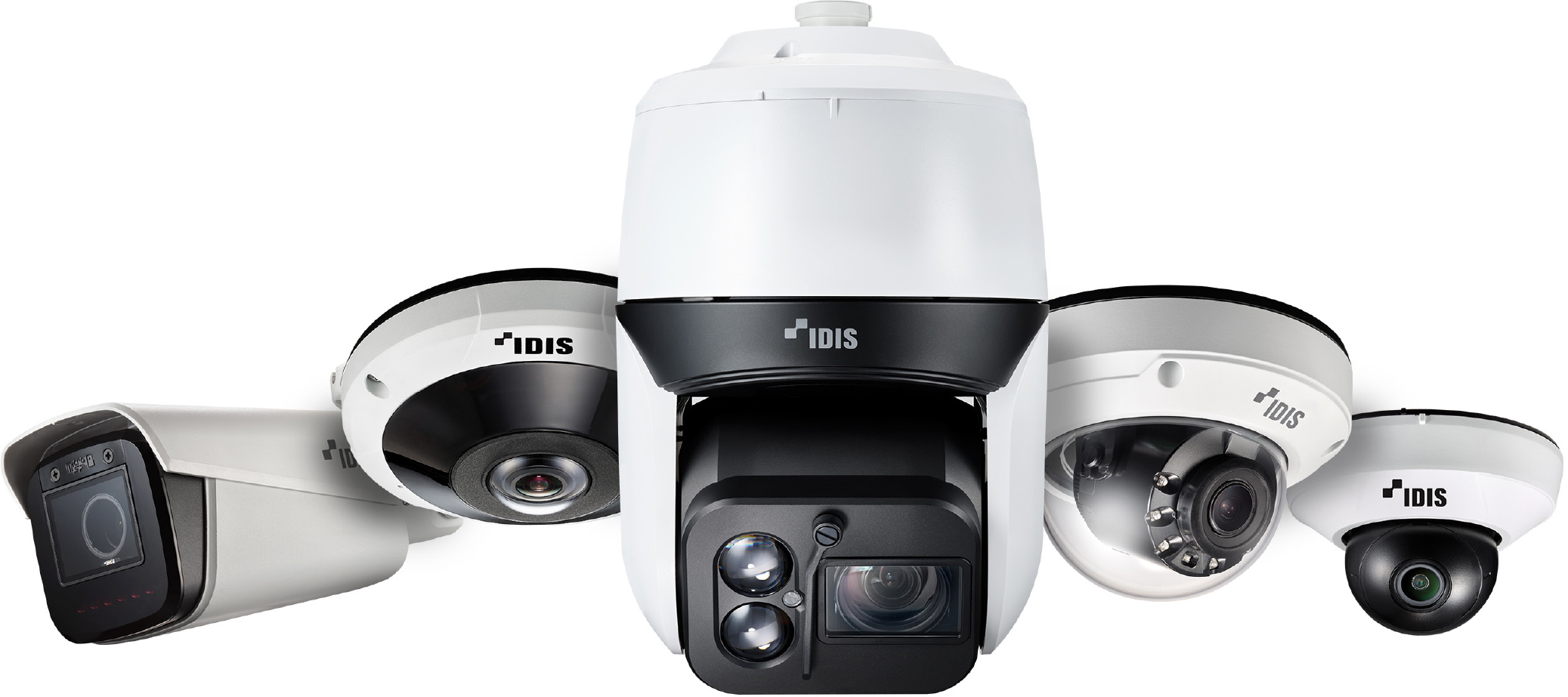
In retail settings, achieving complete visibility of all areas, without blind spots, is essential – because any gaps in surveillance will quickly be identified by criminals and dishonest staff. Experience shows that gaps in fields of view are always exploited, which is why risk assessments, both internally and externally, are essential. Even within the same retail chain, stores don’t necessarily share the same threats and risks, so it’s important that a range of cameras that will mitigate the risk profile of each facility – without impacting the shopping experience – is specified.
Cutting costs and boosting system performance with the right cameras
- Low profile HD and ultra-HD internal cameras will give you the image quality operators need to detect suspicious behavior, especially near high-risk areas such as checkouts, outside fitting rooms, and storage areas.
- Quality cameras with excellent true WDR performance and IR are essential for dealing with the challenging light conditions often found in stores and storage areas, including low light, variable light, and back-lighting.
- Consider fisheyes that provide wide area coverage and domain awareness of entire shop floors and aisles more affordably and allow you to replace multiple fixed lens models.
2. Reliable, affordable, and easy to retrieve video evidence
A robust retail video system will ensure that footage can be retained for extended periods, if necessary, without excessive storage costs.
NVR-based systems remain popular for retailers as they are highly scalable, allowing for the addition of multiple cameras without the need for extensive cabling or infrastructure upgrades. This makes it easier to expand the system as needed. NVRs also make it easy to integrate with other security and safety systems, such as access control and intruder systems. This integration enhances overall security and presents an affordable yet comprehensive security infrastructure.
To prevent potentially costly gaps in footage, SD card failover is now essential on cameras to guarantee continuous recording in the event of network instability or outages (a common vulnerability in retail environments such as strip malls, where bandwidth is often constrained).
In addition, recordings should be fast and simple to review and export to support internal investigations or legal action. VMS controls should be intuitive and easy to use to make retrieving evidence a straightforward task, even for inexperienced users, including local retail managers.
To save time and improve accuracy, retailers are taking advantage of the powerful meta-data search tools, which are now available with AI video solutions and devices.
Pitfalls to avoid with HD video data handling
- Systems often disappoint because problems arise around video data storage and retrieval. HD video increases storage requirements, and cost can mount with extended retention periods over 30 days. To prevent this, look for solutions that support H.265 in addition to advanced compression technologies.
- Where video footage is mission critical, consider NVRs that offer features including RAID 1, 5, 10, and redundancy to prevent data loss in case of hardware failure or damage.
- With tampering becoming an increasing concern, the integrity of footage should be assured with ‘fingerprint’ technologies that make undetected tampering impossible.
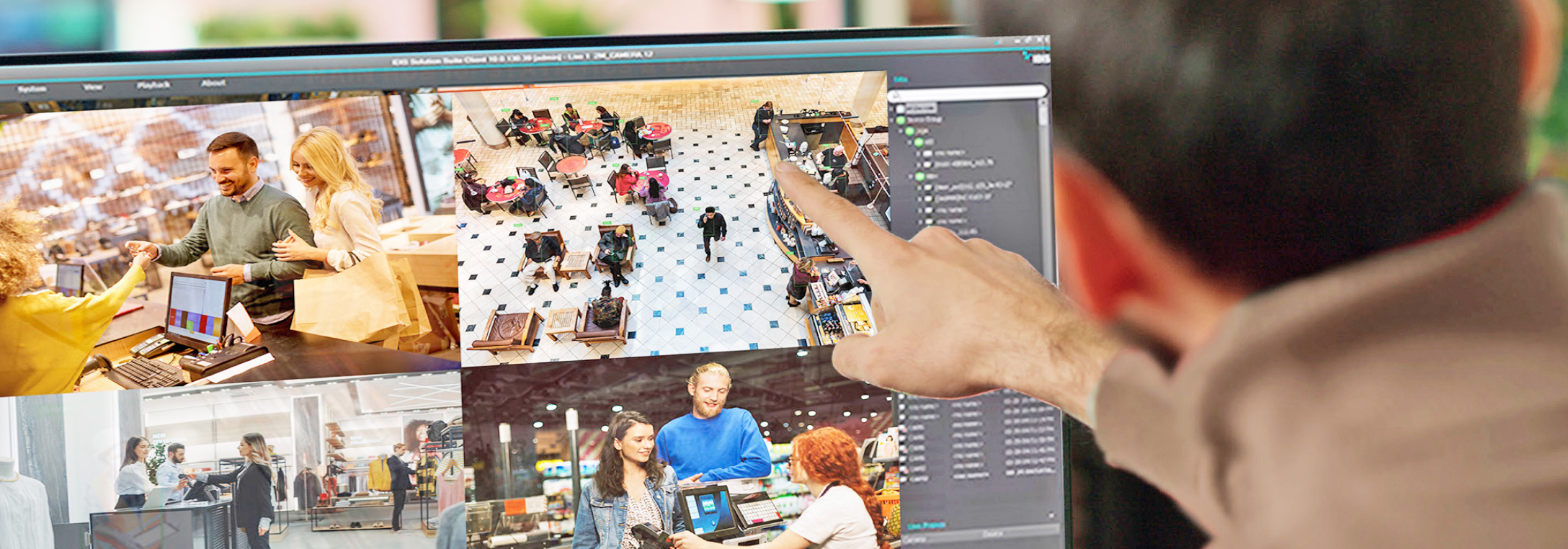
3. Centralized, local, and remote monitoring
Video systems should always be designed around the requirements of users. In the case of retail, this can include security officers, loss prevention managers, store and branch managers, business owners, control room operators, and head-off profit protection teams.
For example, for independent businesses and convenience stores, the objective of the surveillance system may be to use real-time monitoring to support intervention at the moment of attempted theft or immediately after. To enable this, controls should be intuitive and straightforward so that non-specialist staff quickly become confident using the system.
For retailers with centrally monitored large stores or branch networks, control room staff will need to be able to multitask. For example, operators will want to be able to configure notifications and alerts and relay events, including video pop-ups, to security officers and managers on the ground.
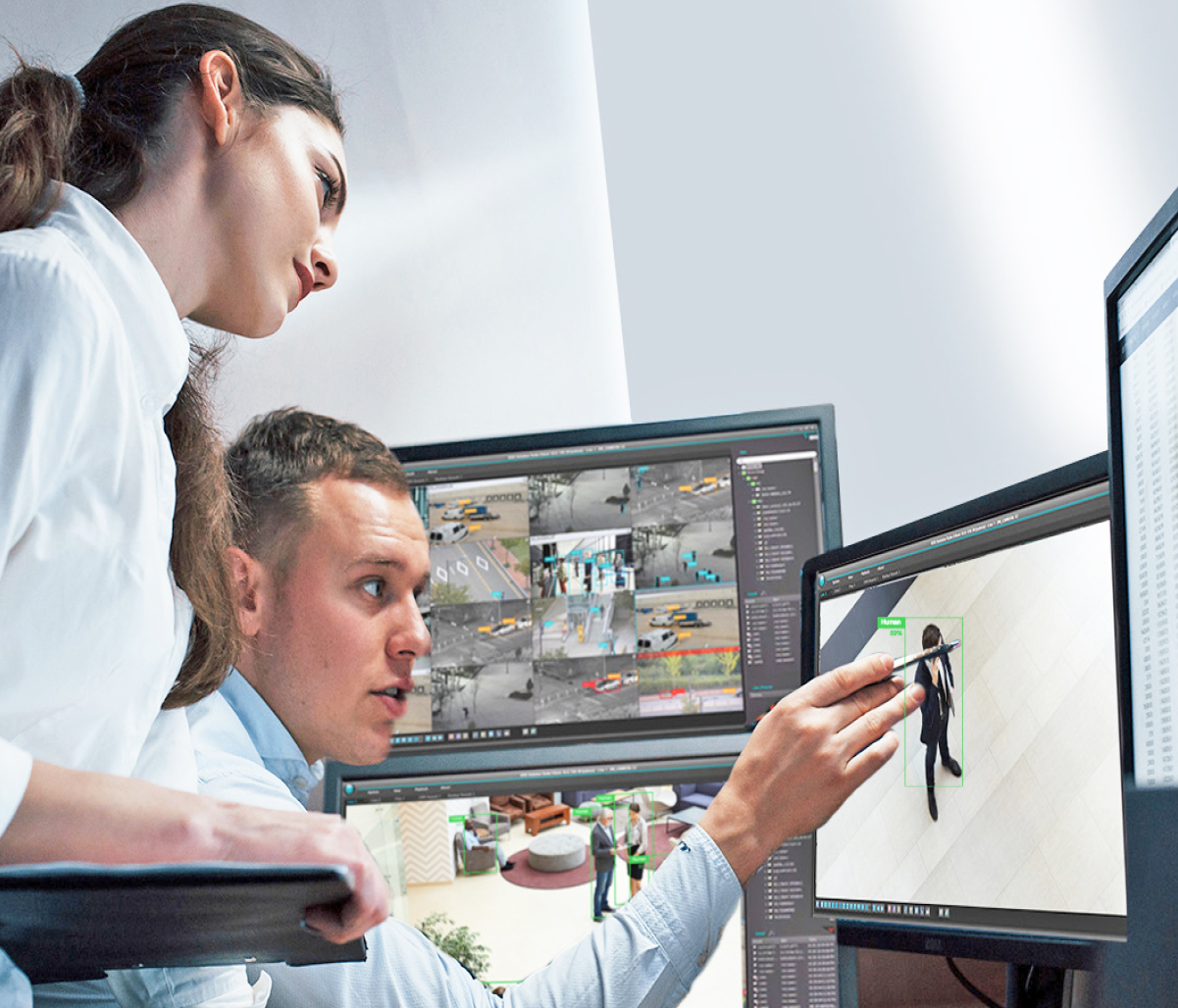
Store staff will want easy-to-use client software that gives them the tools they need to manage day-to-day operations smoothly. And these tools should not involve an additional training burden for new staff. For branch networks, consider federation services that won’t increase operating expenditure or eat up annual security budgets – a cost that often delays upgrades and adoption of new technologies.
And with resources stretched, continued staff shortages, and staff retention issues, there is now a compelling case for the latest mobile apps with enterprise-class VMS that allow more efficient live view and playback in high-definition on the move.
Avoiding unnecessary costs that will soon add up
- If an independent store or single outlet is looking for a cost-effective solution to tackle shrinkage, look for lowor zero-cost client software; this often gives all the video management functionality needed more affordably.
- Watch out for hidden costs, such as bundled functionality that users pay for but rarely use, and avoid ongoing device connection costs, particularly for third-party cameras.
- Take care to specify a future-proof infrastructure that will allow integration with intruder detection, access control, and fire systems, as well as forward compatibility with new technologies.
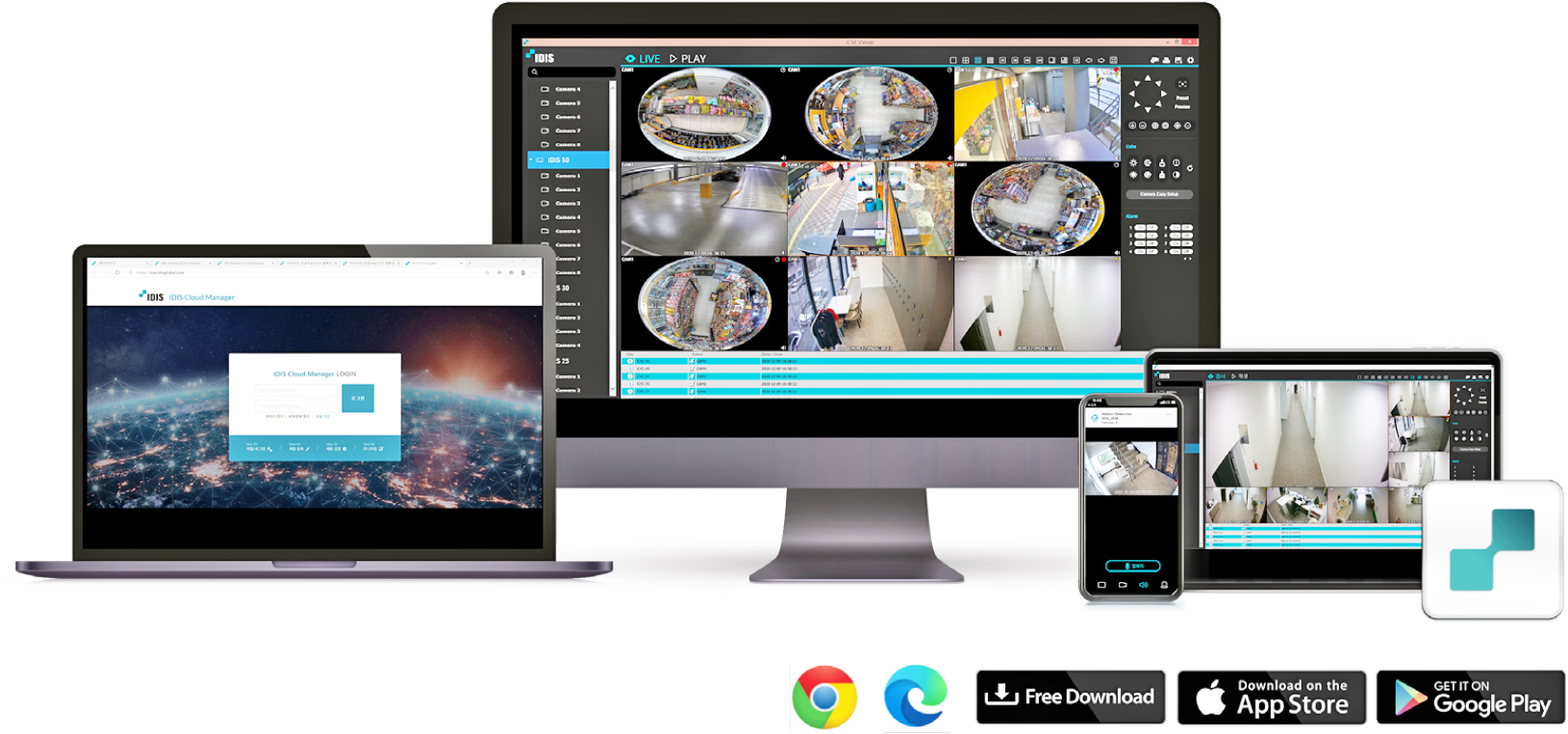
4. Affordable POS and video integration
For many retailers, integrating camera systems with POS is becoming a must-have. Linking transaction data to video provides a complete picture of events and allows investigators to work more quickly and confidently to identify theft, fraud, and common scams such as ‘sweethearting.’
POS video solutions are now easier and more affordable with straightforward techniques using specialist encoders allowing video to be overlayed with point-of-sale data.
Better still, surrounding cameras can also be synched, enabling loss prevention managers to see what was happening elsewhere in the store at the time of a suspicious transaction – showing which staff were present, for example, if an employee’s friend or family member presented a ‘sweethearting’ opportunity, or whether any previously known suspects were loitering.
Taking this approach to integration is now more cost-effective than previous solutions, but it also avoids cluttering checkouts with unnecessary hardware that can detract from aesthetics and the shopping experience.
Ensuring video integration with POS is simple
- Look for simple-to-use solutions with a range of search parameters that let users find what they’re looking for quickly, based on custom filters, keywords, and timestamps.
- Check that seamless integration allows footage with transaction data to be easily shared with managers and, where necessary, law enforcement.
- Avoid POS devices that might create cybersecurity vulnerabilities, for example, allowing hostile access to financial or inventory information.
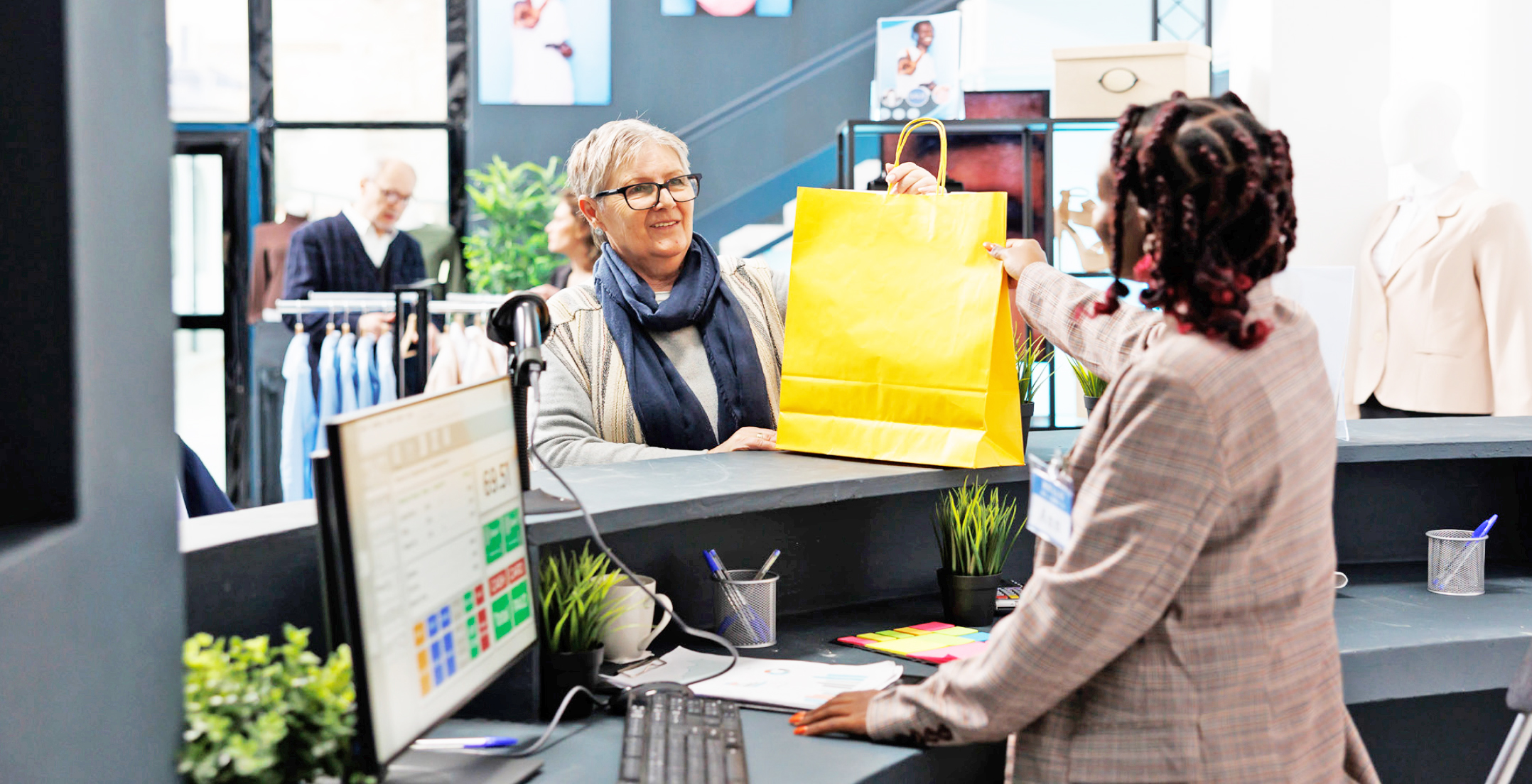
5. Getting proactive and preventative with AI
Thanks to advances in deep learning, video analytics tools are becoming increasingly useful for retail applications. With the latest image processing and machine learning algorithms, AI-powered video analytics can help identify suspicious activities, monitor high-risk areas, and detect potential theft or fraud.
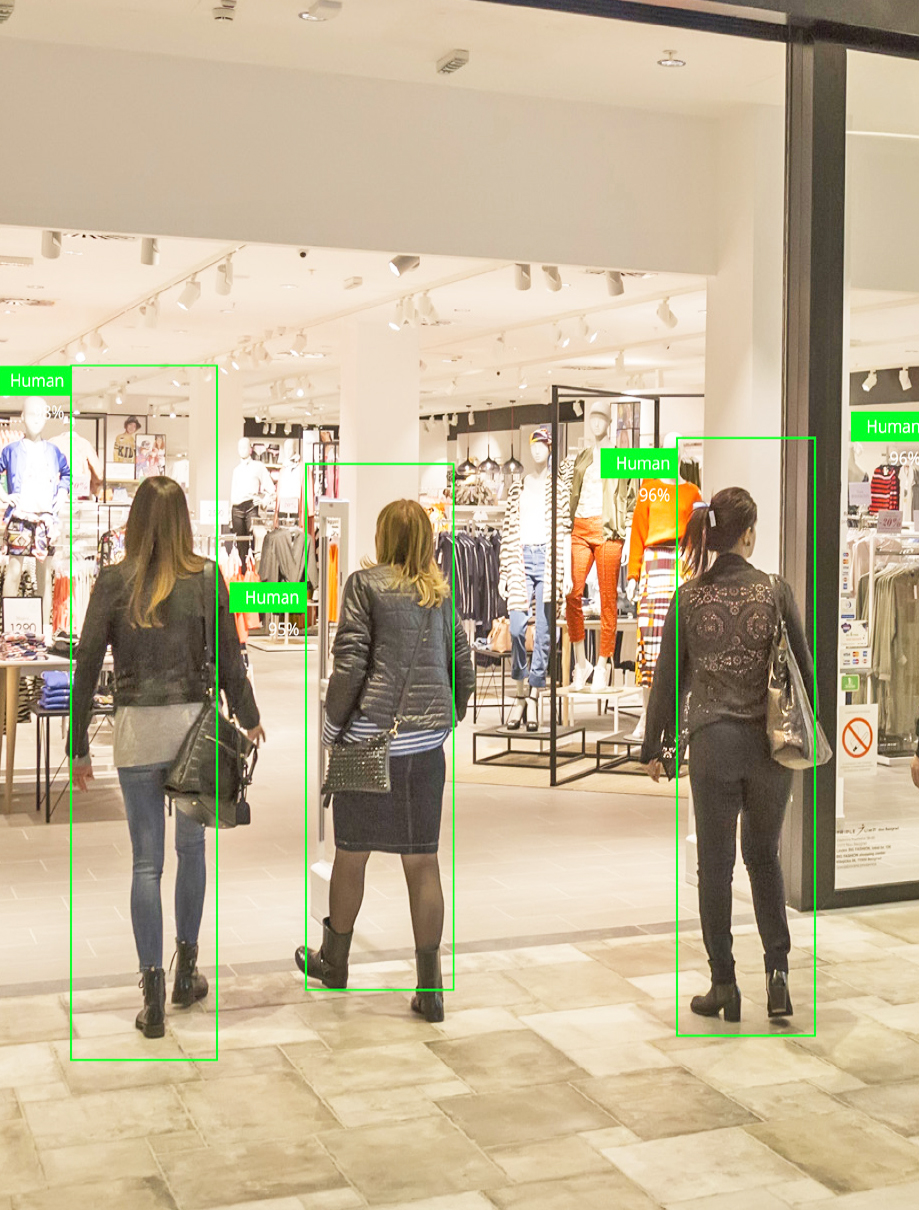
Analytics tools are now much more affordable and allow more retailers to take advantage of powerful functionality to reduce losses. The most widely used functions in retail settings include automated object, intrusion, and line cross detection and face detection to ascertain a human threat.
Object recognition allows operators to identify and track people, vehicles, or specific objects of interest, even in busy shopping environments. This helps in quickly identifying unauthorized individuals or suspicious behaviors. In addition, if someone is loitering in an area for an extended period or acting suspiciously, the system can be configured to alert security personnel before losses occur. Users can also create virtual boundaries, or zones, that trigger alerts if someone crosses those boundaries. This is particularly useful for securing restricted areas or preventing shoplifting.
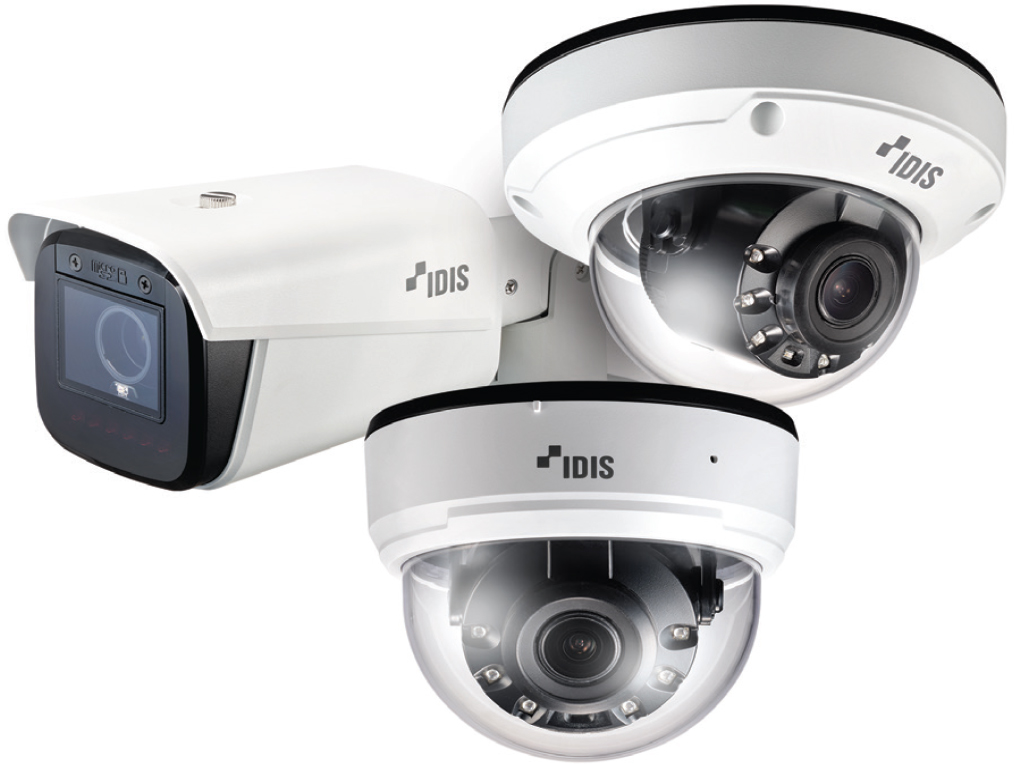
New ways to take advantage of AI video
- Adoption should now be practical, even for small retailers with tighter budgets – edge cameras and add-on AI devices give stores highly accurate deep learning functionality without the need for expensive software or multi-channel AI-powered NVRs.
- Check that devices and associated VMS will also help speed up investigations with easy-to-use tools that leverage meta-data to quickly locate a suspect and trace their last movements.
- Ensure AI is underpinned by exceptional accuracy that will allow retailers to take a preventative approach to real-time surveillance, removing pressure from monitoring operations, reducing the potential for human error, and ensuring that potential incidents aren’t missed.
*Views expressed in the article are solely of the Author
